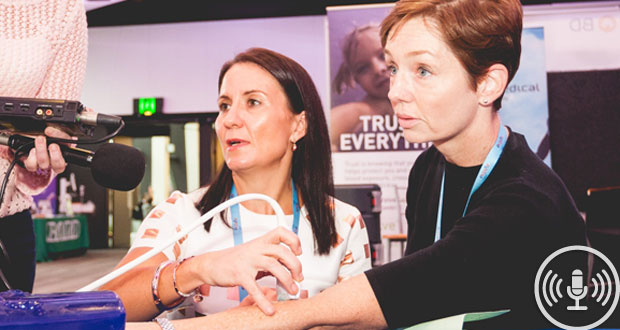Academics explore best practice in vascular access

Australia can put vascular access devices to better use, experts said.
Academics from Griffith University’s Menzies Health Institute Queensland said best practice for IVs and other devices within medical settings would improve patient outcomes and provide cost savings.
Professor Claire Rickard presented on the topic at the Australian Vascular Access Society’s (AVAS) Annual Scientific Meeting in Brisbane and provided evidence showing there are large gaps in IV research and implementation of best practice. Rickard said IV practice in Australia is lagging that in other developed countries.
Griffith’s Dr Samantha Keogh, principal director of the Alliance for Vascular Access Teaching and Research (AVATAR), said vascular access hasn’t been owned by any particular group or specialty. She said she hoped the establishment of a national society and having a national meeting would help bring everybody who was functioning in their own silos together to tackle the issue collectively.
Click here to access the AVATAR group's customer surveys.
Nursing Review sat down with Keogh to discuss how the use of vascular access devices can be improved and how technology might affect their future. Click to listen.
Email: [email protected]




